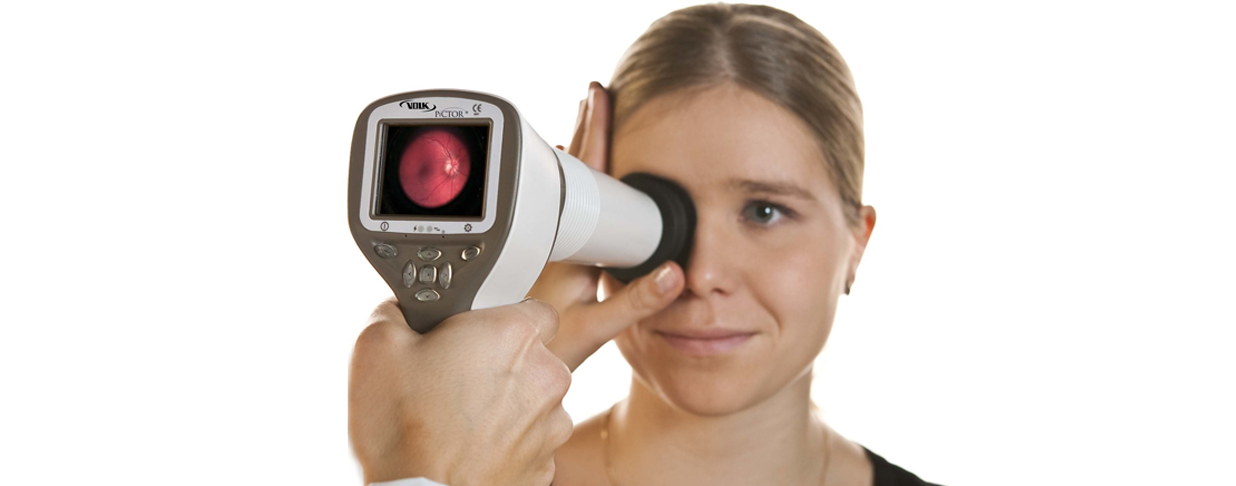Connie's story, a year later
Last year during American Diabetes Month, I shared my personal experience of managing diabetes, including how important eye care has been to monitoring the effects of high blood sugar on my body. I had no idea then that a few months later my husband would join me on my journey as a direct result of his eye exam.
As EyeMed members ourselves, my family always makes sure to take advantage of our covered eye exams. Earlier this year my husband, Mark, mentioned he was having trouble seeing out of his current eyeglasses and set up an appointment with our optometrist.
During the exam, the doctor noted some emerging spots on my husband’s retina. She suggested he follow up with his primary care doctor, who ordered bloodwork. Within a couple of days, Mark discovered he had diabetes.
In retrospect, he was experiencing several common symptoms of uncontrolled blood sugar: unexplained weight loss, frequent urination, vision changes. But until he went to the eye doctor, he never thought to connect those dots. Mark was like a lot of people who go to the eye doctor more frequently than see a primary care doctor (the average person is 4 times more likely to receive a comprehensive eye exam than a physical).1
A case study in cost and managing diabetes
And his story becomes a case study for how vision care helps identify conditions that can cost companies and individuals a lot of money if they’re not managed correctly. According to the American Diabetes Association, diabetes alone is estimated to cost $245 billion annually in direct costs and lost productivity, and people with diabetes have health care costs that are 2.3 times higher than someone without diabetes.2
Mark and I do a lot together to keep our blood sugar under control, from eating healthy to taking the medications our doctors prescribe. We’re also diligent about getting those comprehensive annual eye exams, which should include dilation. Luckily, we’re both still in the clear when it comes to diabetic retinopathy, which impacts vision and is one of the most common complications experienced by people with diabetes. With our EyeMed benefits, though, we never have to worry about our eye care being inconvenient or costly.
More than 9% of the U.S. population has diabetes[3], so some companies can go a step further by offering EyeMed’s Diabetic Eye Care Program, which covers expanded services needed by people who are experiencing eye-related complications from Type 1 or Type 2 diabetes. This rider to the routine vision plan gives members with diabetes even more peace of mind, and allows them to receive these additional services for low-cost copays from the same network of providers they go to for routine vision care.
As my husband and I continue to work on keeping our blood sugar under control, annual eye exams will remain an important part of our diabetes management. He’s even noting recently that his vision is improving, which sometimes happens when diabetes is well managed. Mark’s eyes really have given him a peek into the effects of blood sugar on his body, and they can do the same for other members. All it takes is a simple trip to the eye doctor.
Read more about EyeMed’s Diabetic EyeCare Benefit enhancement. If you’d like to talk to an EyeMed representative about vision benefits for your employees, submit your contact information here and we’ll have someone get in touch right away.




